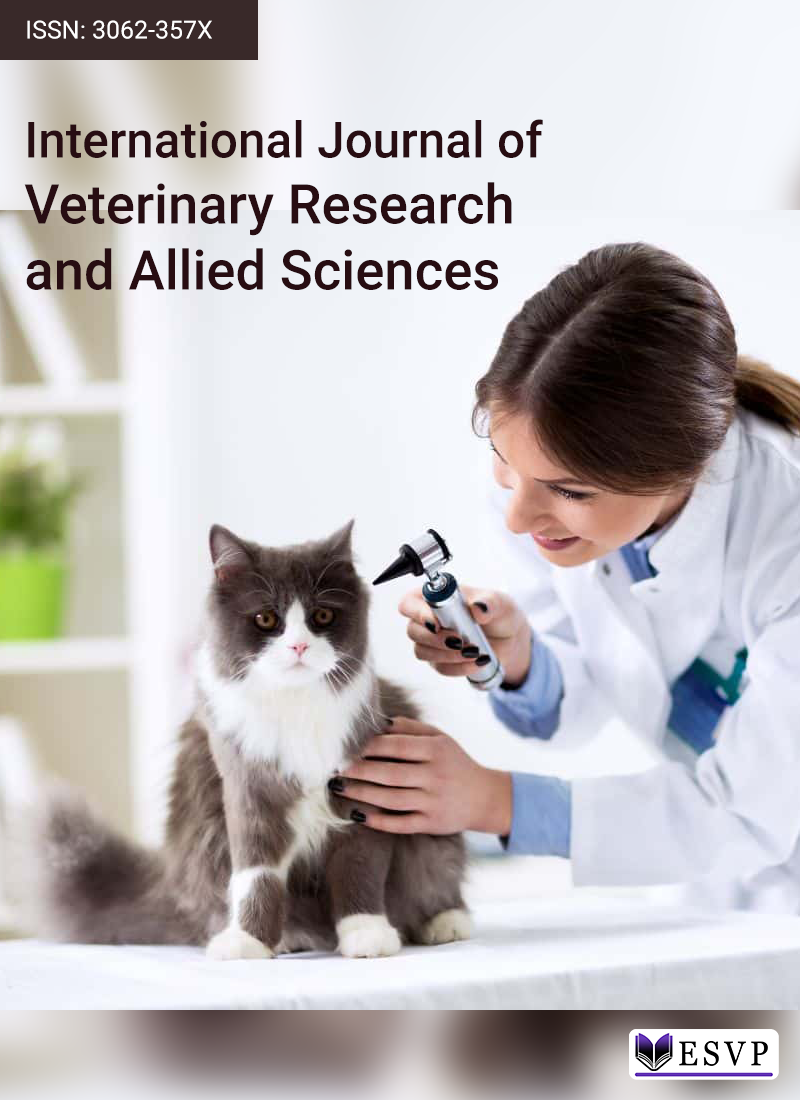
Climate change has been a key driver in the spread of important vectors for natural focal infections. Ixodid ticks, known for inhabiting a variety of environments, can thrive in both wooded areas and open meadows or pastures. In recent decades, many parasites, including ticks, have shifted their habitats further north, enabling not only their survival but also the completion of their reproductive cycles in these new regions. This study reviews the existing literature to assess how climatic and geographical changes are affecting the habitat expansion of ixodid ticks. The increase in tick population size, along with the extended spring-to-autumn activity period, has prolonged the epidemic season. This situation is further complicated by the continuous presence and activity of natural foci for arthropod-borne diseases. Various climatic factors, such as temperature, precipitation, and 85% humidity directly affect the life cycle and geographical distribution of ixodid ticks. These changes facilitate the expansion of tick populations into new territories, often carried by birds, wild animals, and rodents that carry ticks. Currently, the northern boundary of areas affected by ixodid-related infections, such as viral tick-borne encephalitis and borreliosis, extends beyond the Arctic. There are indications that these infection zones could shift further north, potentially making parts of the southern Arctic a new risk area for these diseases.